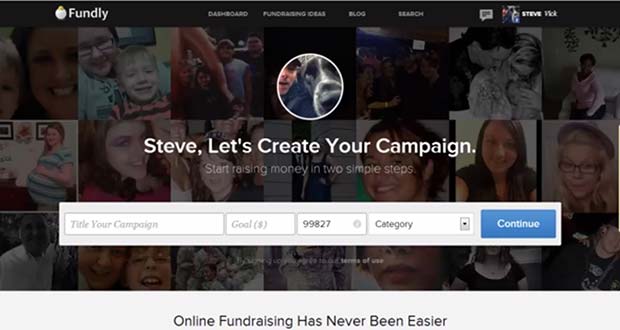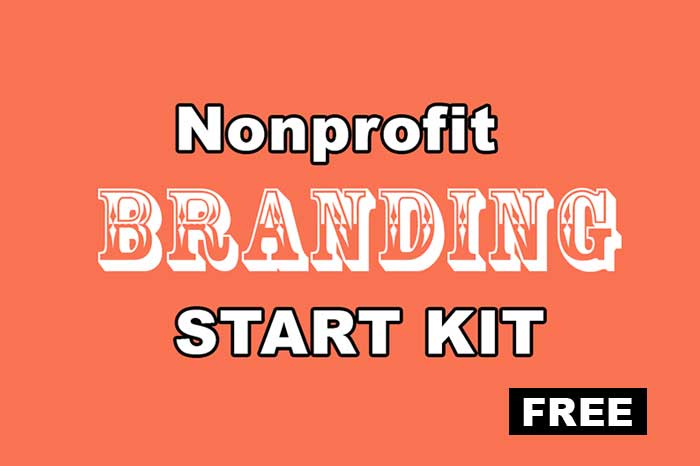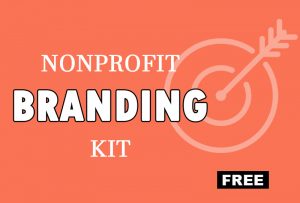Thanking donors for their charitable gifts is a task one assumes nonprofit staff will do, but surprisingly, many nonprofit organizations still lag behind in acknowledging charitable donations, either from the standpoint of common courtesy or the legal requirements.
The Internal Revenue Service provides detailed guidance for legally acknowledging charitable donations of all types on its webpage, Substantiating Charitable Contributions. Take a few minutes to read it, as it outlines the responsibilities of both donors and nonprofits when it comes to substantiating charitable donations. You might be surprised what you discover, and be aware there are fines for failing to comply!
While working with nonprofit organizations as an employee, adjunct staff member and volunteer, I have known some nonprofits to be extremely conscientious about acknowledging donors. But some organizations – even those that have received six and seven-figure contributions to capital and endowment campaigns – have sometimes failed to acknowledge those gifts promptly, or at all.
To this I would add that constant turnover in the development department can result in lost relationships with key donors. And who is normally responsible for acknowledging and communicating with donors: development staff.
Certainly, most nonprofits today use sophisticated customer relationship management systems to record the basic facts about constituents. But subtle information regarding donor preferences, personal interests, communication styles and the like can be lost in the shuffle. This can ultimately be even more costly when it comes to potential lost contributions.
Never underestimate the importance of a good development officer on staff. And do not fail to appreciate the job the development staff actually do. Looking from the outside, administrative and programmatic experts will sometimes think development is an easy task until they take the time to learn the sometimes mind-numbing detail involved in maintaining a successful development shop. It may look glamorous from afar, but the “glamour” is often one tenth of what a good development job actually involves.
Years ago, a nonprofit with which I once worked that had to return a $1 million grant to a donor. I was hired to repair the damage and help the organization raise millions of dollars to complete a stalled capital campaign. Shortly after my arrival, my conversation with the donor revolved around one central issue: the failure to communicate. After making the donation they said, “we never heard back.”
The positive side of this story is that we did eventually secure the funding required to complete the campaign. A bit of bowing and scraping was involved to assure prior contributors the major gift campaign was legitimate and going to be successful. Rebuilding confidence was a challenge, but we made it.
In the case of another nonprofit organization with which I worked, the executive director expressed the opinion that donors should give generously without needing recognition or special communications of any kind. It was a tough sell to get our leader to pay attention to the nonprofit’s contributors, but once we did, the organization reaped significant financial rewards. What made it work? Reinstating regular, donor-focused communication. We discovered they needed fewer gifts and perks, and more substantive written updates about our progress on various projects they had funded.
Some of you reading this article may have executive directors who are quite good securing government grants and this was the case with our executive director. Why not take those routine government grant reports that are required by most agencies, and turn them into personalized letters and newsletters for individual donors, foundation and corporate donors?
Successful fundraising professionals should consider thanking donors in multiple ways and on multiple occasions, not just once. In my early nonprofit training, we were taught thanking donors seven times was the secret to retaining them. Of course, to make this process easier, you will want to develop a plan for accomplishing it. Formal letters are not always required (although one certainly is). Email, ecards, donor listings on e-newsletters, verbal recognition during events, social media postings and more can all support your effort to acknowledge devoted donors and to keep them.
Lately, some experts have suggested that giving a tangible gift to a donor is inappropriate, and I believe their concerns are well-founded. Gift-giving can get out of hand; gifts should not overshadow your nonprofit’s cause, nor cost so much they put a burden on the budget of the nonprofit.
However, don’t put down those “premiums.” T-shirts, mugs, writing instruments, notepads and wristbands emblazoned with your logo are a form of advertisement and endorsement. That is very valuable to your nonprofit organization, and many donors enjoy showing-off their support for your good cause by wearing or using those modest gifts. They help create a feeling of belonging.
Donor gifts need not be expensive to provide immense joy. For a classier touch, high quality photographs of the donor or volunteer participating in an event or program are a good example. These images bind their hearts and minds even more closely to your nonprofit. Quality photos can be nicely framed and displayed at home or the office.
Regardless of how you decide to acknowledge and encourage your donors – in old fashioned or more modern ways – in the end, the important thing is simply to do it. For more helpful resources on this topic, you might enjoy reading Thank You! on Carolyn’s Nonprofit Blog. And last but not least, thank you for reading my first blog article on Nonprofit Ally’s new website!















